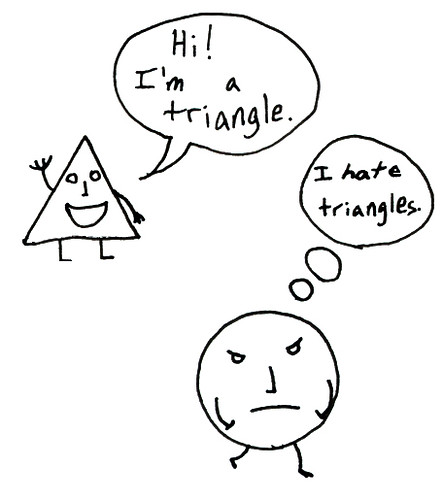“Dance – to move the feet and body rhythmically, esp in time to music” (Collins, 2017).
The word ‘dance’ is enough to overwhelm by body with the feeling of embarrassment and fear so when I realised that our fist tutorial of the day was dance I immediately wanted to head for the exit. Being creative, adventurous and outgoing with children is something I feel comfortable with but asking me to do a dance move in front of my peers is the opposite. Realising I was not the only one in my year group wanting to make a run for it made me feel a bit more at ease.
We played and discussed many games that could be used in an educational setting. A game I like to call ‘Copy Me’ was my favourite. This game involved everyone sitting in a circle, one person would start doing an action and the rest of the circle would copy, the person on the right of the person doing the action would start doing a new action and the circle would then copy the new action. This game continued until everyone had done an action. This game could be done with music in the background or without. I enjoyed this game as I felt that within a school setting some children will be less confident than others to participate in dance/movement lessons. This game was less frightening as you did not have to be the centre of attention or stand up. I feel this game would be a good starting point in building childrens confidence.
We then practiced and spoke about good ways to get children to participate in warm ups before taking part in a dance lesson. This was important because as teachers we are responsible for our pupils wellbeing. We discussed the various parts of our body and where our muscles and organs are found.


As a final activity we discussed the 10 movements/words that as educators are all we need to create a good dance lesson:
- Gesture
- Balance
- Hop
- Kick
- Jump
- Roll
- Slide
- Turn
- Twist
- Hop
These moves are enough to teach children a choreographed piece of work and if children know how to do these moves then they can make up their own dances. Children are all individuals and each word will inspire a movement that varies from their peers.
Although at the beginning of the tutorial I was fearful of what the 2 hours had ahead by the end of it I was more insightful of how simple and exciting it can be to incorporate dance into the school day. The Curriculum for Excellence (2004) states that dance is beneficial to learners and allows learners to have “have rich opportunities to be creative and to experience inspiration and enjoyment”.
As a student teacher I feel these inputs will help me be a successful educator and that I will be able to reflect on my practice to make it better.
References:
Collins. (2017) Definition of ‘dance’. [Online] Available: https://www.collinsdictionary.com/dictionary/english/dance [Accessed: 17 October 2017]
Scottish Government. (2004) Curriculum for Excellence: Social Studies. [Online] Available: https://www.education.gov.scot/Documents/social-studies-eo.pdf [Accessed:17 October 2017].


